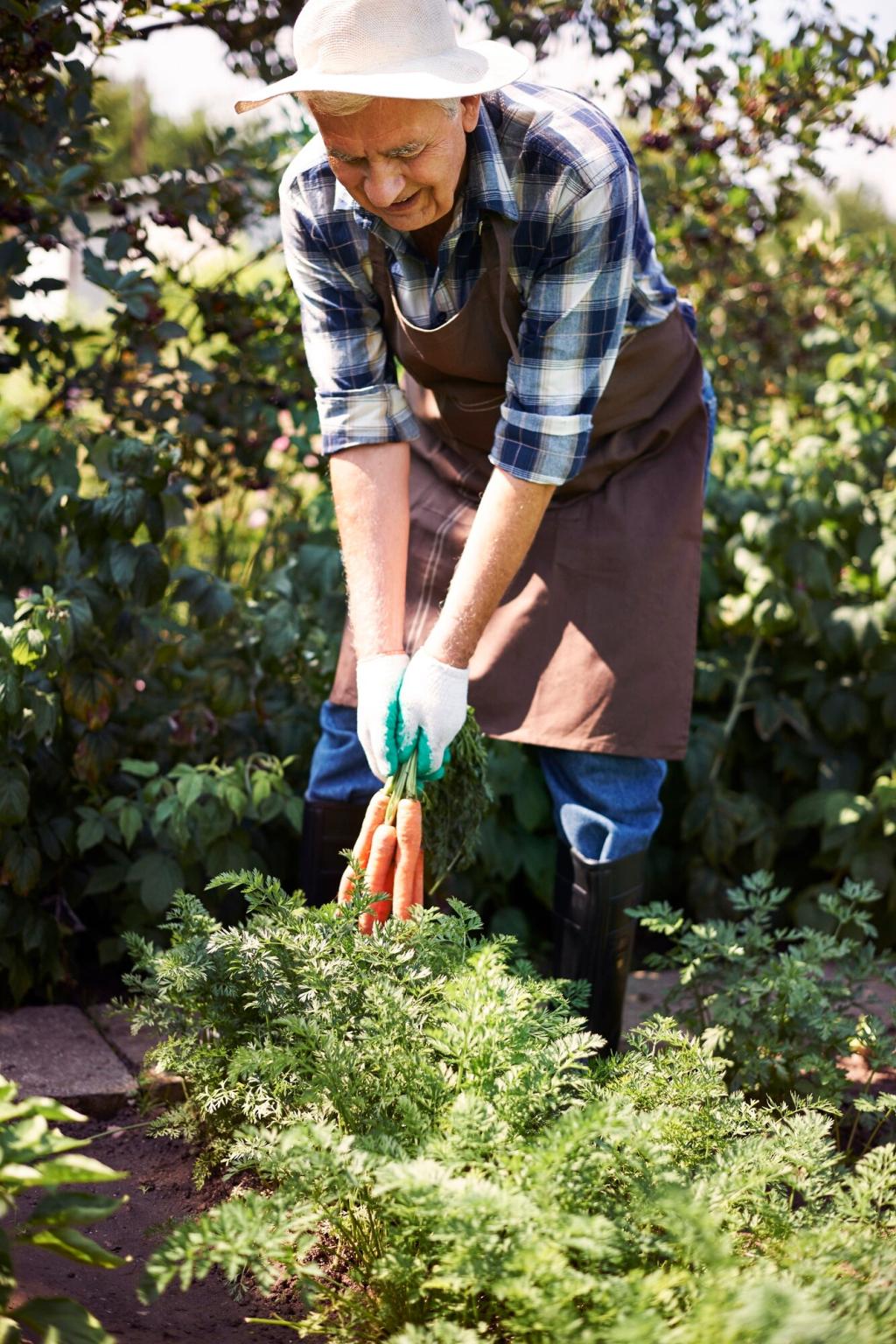Choosing the Right Herbs for Your Home Herb Garden
Creating a home herb garden is both rewarding and practical, offering you a steady supply of fresh flavors and aromas right at your fingertips. However, the key to a thriving and useful herb garden is choosing the right herbs that fit your unique space, needs, and lifestyle. Whether you are an avid home cook, a beginner in gardening, or someone seeking natural remedies, making informed choices about which herbs to grow can make all the difference. This guide will walk you through the essential considerations and help you select herbs that will flourish in your garden and bring delight to your everyday life.

Assessing Sunlight and Space
The amount of sunlight and the type of space you have greatly influence your herb choices. Most culinary herbs like basil, rosemary, and thyme require full sun to develop their best flavors and robust growth. If your only available space is a shady balcony or windowsill, you’ll have more success with shade-tolerant herbs such as mint or parsley. Whether you are planting in raised beds, pots, or directly in the ground, be sure to observe how much light each area receives throughout the day. Adjust your plant selection accordingly for a flourishing herb garden tailored to your home environment.

Considering Climate and Hardiness
Understanding your local climate and the hardiness zones suitable for different herbs is essential for year-round success. Certain herbs, like sage and oregano, are more tolerant of dry and hot conditions, making them ideal for warmer climates. Others, such as cilantro or chives, prefer cooler temperatures and may bolt or struggle during the heat of summer. Researching your region’s average temperatures and frost dates will help you choose herbs that will survive and thrive, reducing the need for constant replanting or protection from extreme weather.

Evaluating Soil and Drainage
Soil quality and drainage can make or break an herb garden. Most herbs require well-draining soil and can suffer in heavy, clay-like conditions. If your native soil is dense or tends to retain water, consider amending it with compost or planting your herbs in raised beds or containers where drainage can be easily controlled. Testing your soil’s pH and nutrient content can also inform your choices—some Mediterranean herbs like lavender and rosemary favor slightly alkaline soils, while others are more forgiving. By understanding your soil composition and making small adjustments, you ensure your selected herbs have the healthiest foundation possible.
Start by considering the herbs you reach for most often in your daily cooking. Popular choices such as basil, oregano, thyme, rosemary, and parsley form the backbone of countless cuisines from Italian and French to Middle Eastern. Growing these staples at home allows you to pick fresh leaves at a moment’s notice and add authentic flavor to sauces, salads, and stews. Freshly picked herbs have a vibrancy and aroma that far surpasses dried alternatives, enhancing both the nutrition and appeal of every meal.
Matching Herbs to Your Culinary Preferences
If you have limited time or prefer a low-fuss garden, focus on herbs known for their resilience and minimal care requirements. Plants like chives, sage, oregano, and mint can withstand a certain amount of neglect and often thrive even when conditions are less than perfect. These established perennials can be cut back and will return year after year, only needing occasional watering and harvesting. Choosing hardy, undemanding plants makes it easier to sustain your herb garden alongside a busy lifestyle, and you can gradually expand as your confidence grows.

